

Critical Fundraising Assets: The three key assets you need to win investor confidence
30th September 2020
Every time you stand in front of a potential investor, you are asking them to believe in two things; your idea and you – the entrepreneur who can make it work.
Throughout your fundraising journey, you’ll need to demonstrate an entrepreneurial skill set that will impress and reassure investors. If you want to prove you’re an investable entrepreneur, you need to exhibit three essential skills – resourcefulness, financial acumen and the ability to deliver commercial success.
Firstly, Investors want to know that the entrepreneurs they back can enrol people in their vision and be highly resourceful. Secondly, they need proof that you’ve considered the financial risks, instead of merely focussing on potential rewards. Thirdly, they want to see a road map to a viable business, demonstrating the strategic routes to commercial success.
If you want to satisfy those criteria and prove to investors that you’re the entrepreneur to back, you’ll need three critical fundraising assets that act as a showcase of your personal ability to deliver returns. Do this successfully and you’ll join the 1% of entrepreneurs who establish themselves as genuinely investable.
Fundraising Asset 1: Pitch Materials
It all begins with your pitch, that critical first opportunity to communicate your brilliant business idea to investors. Before you set foot into any pitch situation, you should have meticulously prepared pitch materials ready to deploy. Each one of these pieces of collateral should intrigue and excite investors with your business idea, its future potential and your wider vision. Throughout your Fundraising Journey, you’ll be returning to these foundational elements time and again. Whether raising investment, enrolling talent or onboarding strategic partners, having an engaging and solid pitch will be key you your long-term success – and investors know it. So, make sure your pitch materials provide investors with clarity on your business, proof of your resourcefulness and a vision they (and others) can get behind.
The pitch materials you will need are:
1. Investor Pitch – a 15-20 slide presentation deck that can be reviewed by investors in your absence. As a standalone piece of content, it should be clear, accessible and provide enough detail to capture the attention of would-be backers.
During your Fundraising Journey, you can use the Investor Deck on numerous occasions. You can email it to potential investors or targeted connections, launch it on a crowdfunding platform or use it as the content to upload onto an investment database. Make sure it’s perfect because it’s your key to getting in front of the right people.
2. Presentation Pitch – from the foundation of your Investor Deck, you can create this second piece of collateral. Strip away the detail and retain only the vital visuals and a few words to support you when you verbally present the idea. The Presentation Pitch is for use when you are delivering your pitch in boardrooms, at events or on Zoom, and you want to command the audience’s attention without them just reading your slides. So, remove much of the detail to make a Presentation Pitch that provides visual aids to support everything you’re saying. The beauty of smart visual content is that it makes your pitch more memorable long after the presentation has concluded.
3. Teaser Pitch – just like its name suggests, the Teaser Pitch is designed to inspire curiosity. All you want it to include is an introduction to your product/service and the problem it solves. This is the place to outline your vision, to generate interest in your product’s potential and to motivate investors to seek more information. After reading or hearing your Teaser Pitch, your potential investors should be sufficiently intrigued to want to listen to the full Investor Pitch.
4. One-Pager – when you apply to angel investment groups or investment funds, it’s likely they’ll want to see a One-pager. This document should provide a concise high-level overview of your idea and the key parts of your business model. Readers will get a quick insight into what you intend to present if they invite you in. Make sure they’ve got a reason to want to know more.
5. Expression of Interest Form – obtaining written Expression of Interest Forms from investors is an excellent way to gain commitment during an investment round. For both you and the investor who’s submitted the expression of interest, the commitment becomes more concrete once it’s written in black and white. You want to get as many of these as you can from credible investors so that you can begin closing the investment round with more backers than you need. This means that if some dropout, it won’t derail the investment round. Use these at big pitching events where you may not be able to canvass the opinion of every delegate in the room on your own.
Armed with these five different pitch materials, you’ll be able to showcase great resourcefulness and the ability to enrol people into your vision. You’ll use them repeatedly during your Fundraising Journey.
Fundraising Asset 2: Financial Projections
Your financial projections can make or break your chances of securing investment. Present something poorly researched or unconvincing, and the likelihood of success will plummet. Investors want evidence that an entrepreneur has taken time and care to explore every part of the financial reality of their business. Any investment comes with elements of risk, so investors won’t be impressed by financial projections that aim to play down or ignore them.
Instead, they want a comprehensive set of projections. Make sure you provide a five-year forecast, a summary that includes the most important metrics and shows how the business can provide them with a great return on their investment. Be thorough, be realistic and be detailed. You should include profit and loss projections, a cash flow summary, a rolling balance sheet and a set of key metrics that provide insight into your current and expected performance. Show the investor that you know what it’s going to take to make the business successful and that you have a forecasted route to get there.
For this critical fundraising asset, you might want to seek professional support. Get an investment expert who is outside your team to interrogate your forecasting, help you identify any flaws, and work with you to produce robust financial forecasting. Make sure the expert you use has experience in producing projections for equity investment, this is not a job for your day-to-day accountant.
Fundraising Asset 3: Business Plan
Investors won’t back you unless you demonstrate that you know how to deliver commercial success and can create a viable business. In your business plan, you must provide clear and convincing evidence that you can do just that. It’s the most important asset you’ll create for your Fundraising Journey (as it forms the foundation of the Financial Projection and Pitch assets) and investors will expect it to withhold their intense scrutiny. In its pages, you must provide detailed explanations of how you’ll create a demand for your product or service, the operational structure you need to run the business, your target markets, plans for growth and the financial roadmap to get you where you aim to be.
Your business plan should anticipate and answer the questions investors may raise. You need to provide the market research you’ve done, how you’ve calculated demand and how you plan to reach your potential revenue goals. From there, provide a longer-term vision for the scale-up of the company, a plan for when you’ll enter new markets and territories or make acquisitions, and projections of the funding needed to meet those targets. Smart entrepreneurs will include investment objectives and an exit strategy, proving they understand that the goal of the investor is to make a return and eventually cash out.
Given how vital your business plan is to your success, it’s a sensible idea to work with professional investment experts who can help you craft something considered and exceptional. With their help, you’ll avoid the pitfalls of being overly ambitious and unrealistic about the time and funds needed to grow your business. With objective help, you can ensure your business plan stands up to investor scrutiny and presents you as an entrepreneur who is truly investable.
Learn how to convince investors
Investable Entrepreneur takes you through our winning methodology – the process we use to increase our client’s chances of raising investment by more than 30x.
“This book will help you translate your entrepreneurial vision into something investors can get behind.”
Daniel Priestley, CEO and founder, Dent Global and four times best-selling business author
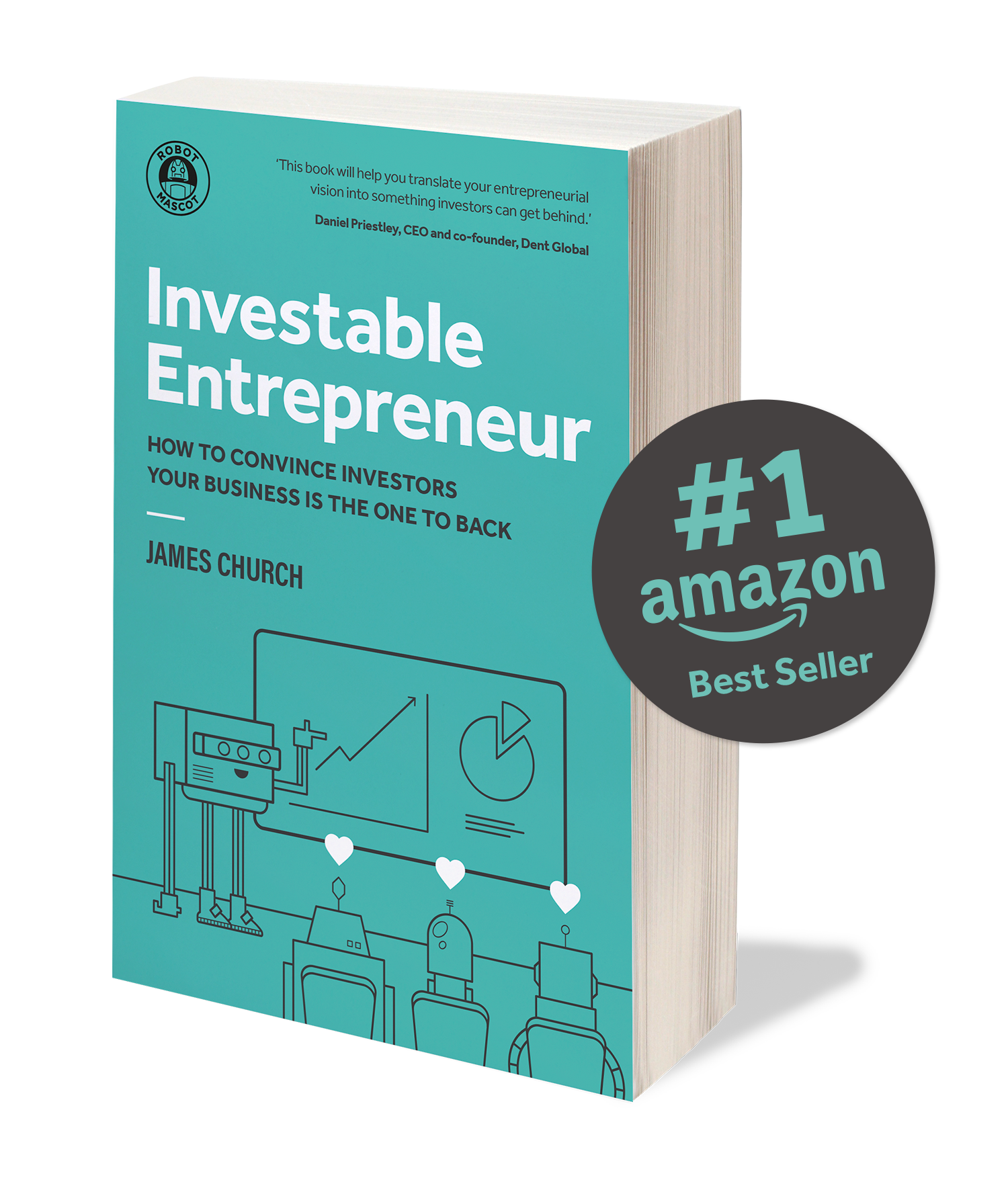
Keep up to date with what we’re up to via email
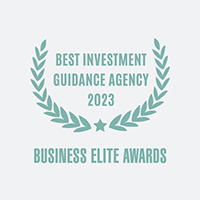

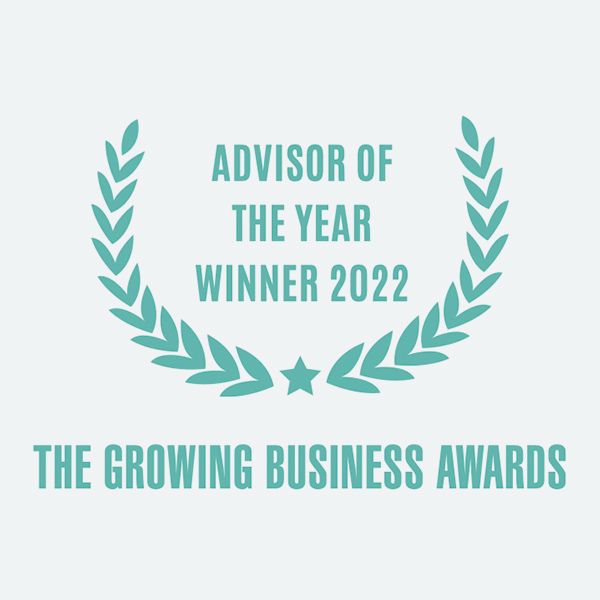
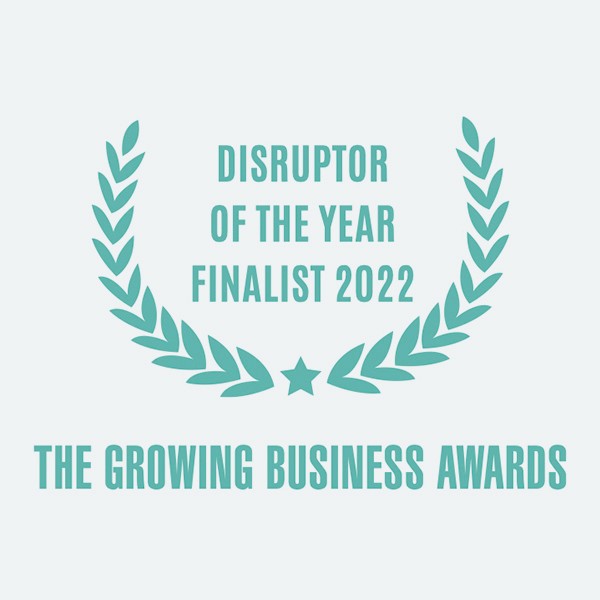
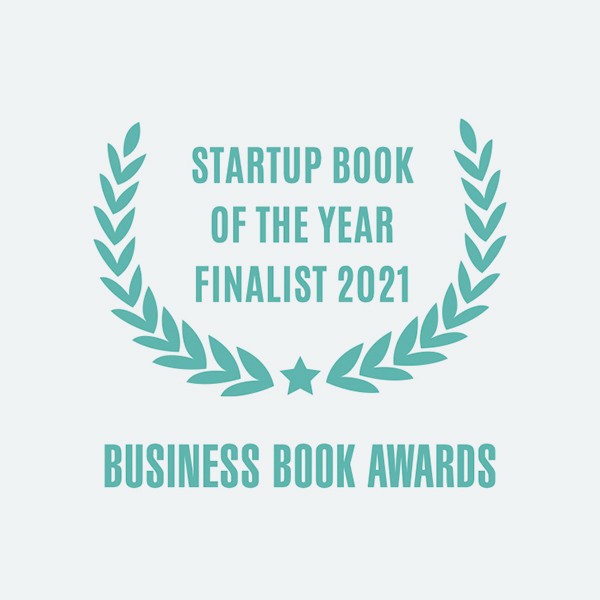

Copyright ©Robot Mascot Ltd. All rights reserved.





